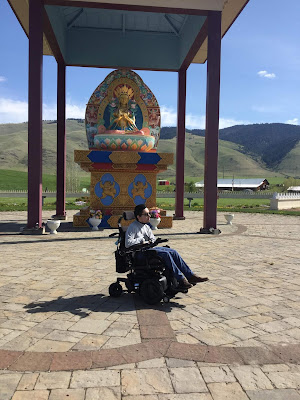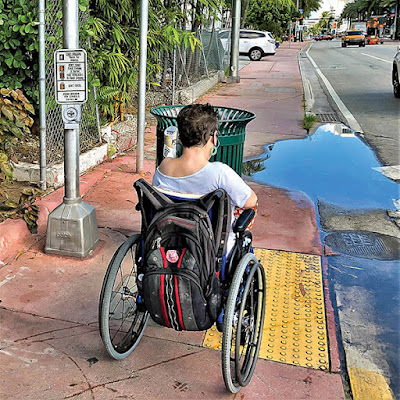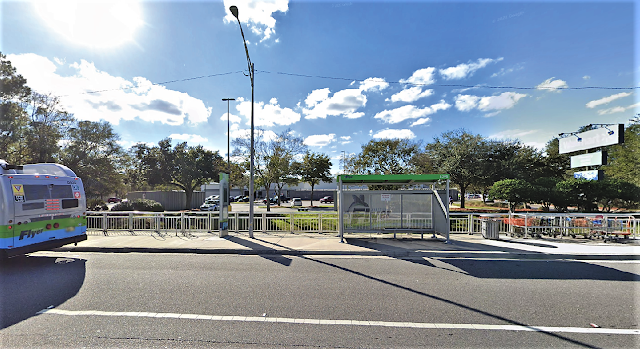YOU HAVE HAD MY
BACK FOR MORE THAN A THIRD OF A CENTURY
Sometimes
love is expressed with the good times – an amazing meal, a stroll through a
beautiful European capital city, a shopping trip to splurge on rare luxury.
Other times,
it is expressed through love, support, having your partner’s back in the most anguished
and challenging of times.
I love my
bride of 34 years, Heidi Johnson-Wright, for thousands of reasons.
During a
recent solo lecture tour in Europe, she proved why she’s been my soulmate of
more than a third of a century.
Unfortunately,
it was for the latter expression of love and support.
I was
hustling to change from the RER train for Charles de Gaulle Airport to the
Metro M6 to reach my hotel on Place Italie.
A trio of
men, all less than half my age, crash into me just as the subway doors are
closing.
I bash my
head on one the polls for standing riders to grasp and fall forward.
Even though
I was blindsided and injured, my only thoughts were on the wallet I neglected to
hide in my book bag. It was gone along with a lot of cash, all my credit cards
and other key documents.
Waiting a
few hours to get an English-speaking detective at a Paris Police station, I
called my indefatigable wife back in Miami and she assisted with canceling
credit cards and closing a now exposed bank account.
Heidi is the
point person for all things under the Americans with Disabilities Act in
Miami-Dade County and oversees several employees and assists dozens of ADA coordinators
in myriad departments.
She is a
very busy person, but took the day off to help me.
She wired
Euros to a Western Union near my hotel.
She added me
as a cardholder on one of her credit cards.
She reminded
me to put her card on my phone’s wallet app, so I could pay without the
confusion of lacking a physical credit card in hand.
She closed a
compromised joint checking account and started a new one.
When I
returned from working in Paris, Lyon and beyond – Heidi had one neat envelope
full of fraud squad correspondence, new credit cards and other important
documents such as a temporary medical ID card to replace the stolen one.
We
celebrated our 34th wedding anniversary yesterday.
Knowing
after all these years, that Heidi has my back in a time of crises – makes me
love her even more.



































